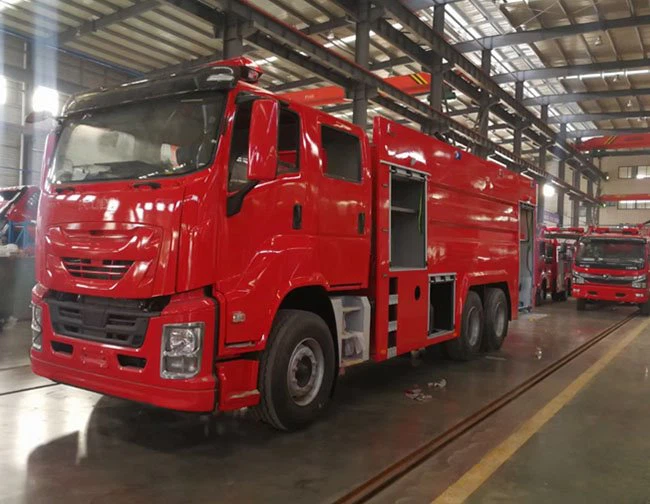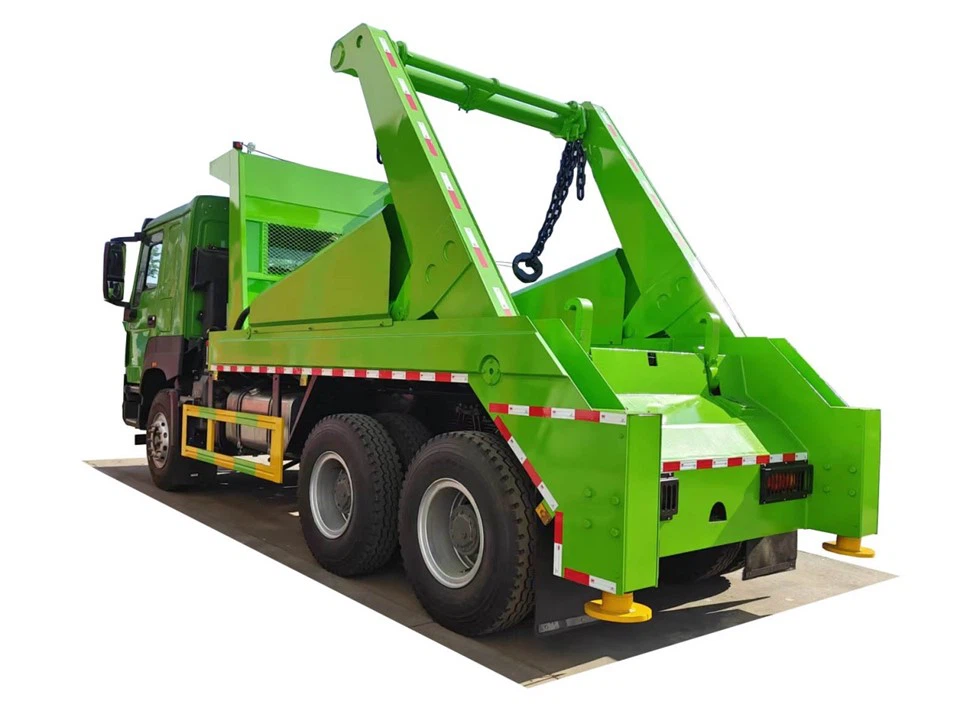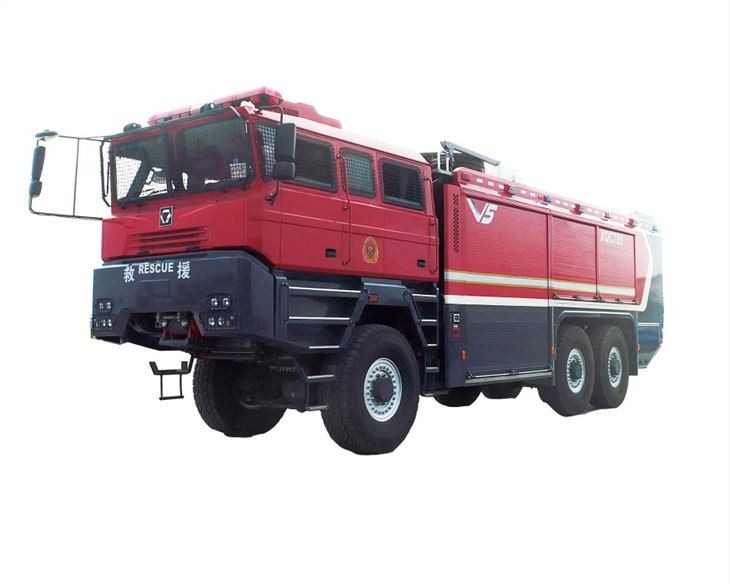Understanding Liquid Waste Trucks: Essential Insights for Efficient Waste Management

Liquid waste trucks are essential vehicles designed specifically for the collection, transport, and disposal of liquid waste materials. These trucks play a crucial role in various sectors, including municipal services, industrial sectors, and hazardous waste management. As we delve into the details of liquid waste trucks, this article will provide you with comprehensive knowledge, practical tips, and relevant examples to ensure efficient management of liquid waste.
What is a Liquid Waste Truck?
A liquid waste truck is a specialized vehicle that is equipped to safely collect, transport, and dispose of liquid waste. This type of truck is commonly used by municipalities, industries, and service providers to manage various types of waste, including sewage, hazardous materials, and industrial effluents.
Features of Liquid Waste Trucks
- Tank Capacity: These trucks typically come with a tank capacity ranging from 1000 to 10,000 gallons, depending on their intended use.
- Pumping Mechanism: Most liquid waste trucks are fitted with powerful pumps for efficient loading and unloading of waste.
- Material Composition: Tanks may be made from high-density polyethylene, steel, or aluminum to withstand corrosive substances.
- Safety Systems: These trucks are equipped with safety features such as emergency shut-off valves and spill kits to prevent hazardous leaks.
Types of Liquid Waste
Sewage and Wastewater
Sewage and wastewater management is one of the primary reasons for using liquid waste trucks. Municipalities commonly use these vehicles to collect waste from septic tanks, manholes, and sewer systems.

Industrial Liquid Waste
Industries generate substantial amounts of liquid waste, such as oils, chemicals, and by-products. Liquid waste trucks help in transporting these materials for proper treatment and disposal.
Hazardous Liquid Waste
Hazardous liquid waste, including toxic substances, requires specialized handling. Liquid waste trucks designed for hazardous materials ensure safe transport to certified disposal facilities.
How Liquid Waste Trucks Operate
Collection Process
The collection of liquid waste typically involves the following steps:
- Preparation: The truck’s equipment, such as hoses and pumps, is checked for functionality.
- Vacuuming: A hose connected to the pump is inserted into the waste source, and the vacuum system extracts the liquid.
- Transport: Once collected, the waste is securely transported to a treatment facility.
Disposal Methods
After transportation, the liquid waste is either treated on-site or sent to specialized waste management facilities. Treatment options may include:
- Biological Treatment: Utilizing microorganisms to decompose waste.
- Chemical Treatment: Applying chemicals to neutralize hazardous substances.
- Incineration: Burning waste at high temperatures to reduce volume.
Choosing the Right Liquid Waste Truck
Factors to Consider
- Capacity Needs: Assess the volume of waste you typically deal with to choose an appropriate truck size.
- Type of Waste: Consider the types of liquid waste you’ll be transporting for specialized requirements.
- Regulatory Compliance: Ensure that the truck meets local health and safety regulations.
- Budget: Factor in acquisition, operational, and maintenance costs in your budget planning.
Maintenance of Liquid Waste Trucks
Regular Maintenance Schedule
Maintaining liquid waste trucks is crucial for operational efficiency and safety. Here’s a basic maintenance checklist:
| Maintenance Task | Frequency |
|---|---|
| Inspect pumps and hoses | Monthly |
| Clean tanks | Every 3 months |
| Check safety features | Monthly |
| Oil changes | Every 5000 miles |
Signs of Trouble
Be on the lookout for these warning signs that could indicate potential issues:
- Unusual noises from the pump
- Leaks in the tank
- Poor suction or discharge performance
Safety Practices for Liquid Waste Management
Personal Protective Equipment (PPE)
When handling liquid waste, it’s essential to use appropriate PPE such as:
- Gloves
- Respirators
- Protective eyewear
Emergency Protocols
Develop clear protocols to follow in case of an accidental spill or leak:
- Evacuate the area
- Notify emergency services
- Contain the spill if safe to do so
Environmental Impact of Liquid Waste Trucks
Benefits of Proper Liquid Waste Management
Efficient liquid waste management using specialized trucks can have a positive environmental impact, including:
- Reducing pollution in water bodies
- Preventing soil and groundwater contamination
- Complying with environmental regulations
Innovative Technologies
New technologies are emerging to improve the performance and environmental friendliness of liquid waste trucks:
- Hydraulic systems: Enhancing pumping efficiency
- GPS tracking: Optimizing routes for reduced fuel consumption
- Eco-friendly materials: Using biodegradable or recyclable parts
Cost Considerations for Liquid Waste Trucks
Initial Investment

The cost of a liquid waste truck can vary widely based on factors such as:
- Size and capacity
- New vs. used
- Type of specifications and customization
Operating Costs
Consider these ongoing costs as part of your budget:
- Fuel
- Maintenance
- Insurance
FAQ Section
1. What types of liquid waste can be transported by liquid waste trucks?
Liquid waste trucks can transport a variety of liquids, including sewage, industrial wastewater, chemicals, and hazardous materials.
2. How often should liquid waste trucks undergo maintenance?

A maintenance schedule should include monthly inspections, with a thorough cleaning of the tanks every three months and oil changes every 5000 miles.
3. Are there specific regulations for liquid waste management?
Yes, each jurisdiction has regulations regarding the transport and disposal of liquid waste to ensure public health and environmental protection.
4. What is the capacity range of liquid waste trucks?
Liquid waste trucks typically have tank capacities ranging from 1000 to 10,000 gallons, depending on their design and intended use.
5. What safety gear is required for operating liquid waste trucks?
Operators should wear gloves, respirators, and protective eyewear to safeguard against potential exposure to hazardous materials.
6. How can technology improve liquid waste management?
Technological advancements such as hydraulic systems, GPS for route optimization, and the use of eco-friendly materials contribute to more efficient and environmentally responsible management of liquid waste.
